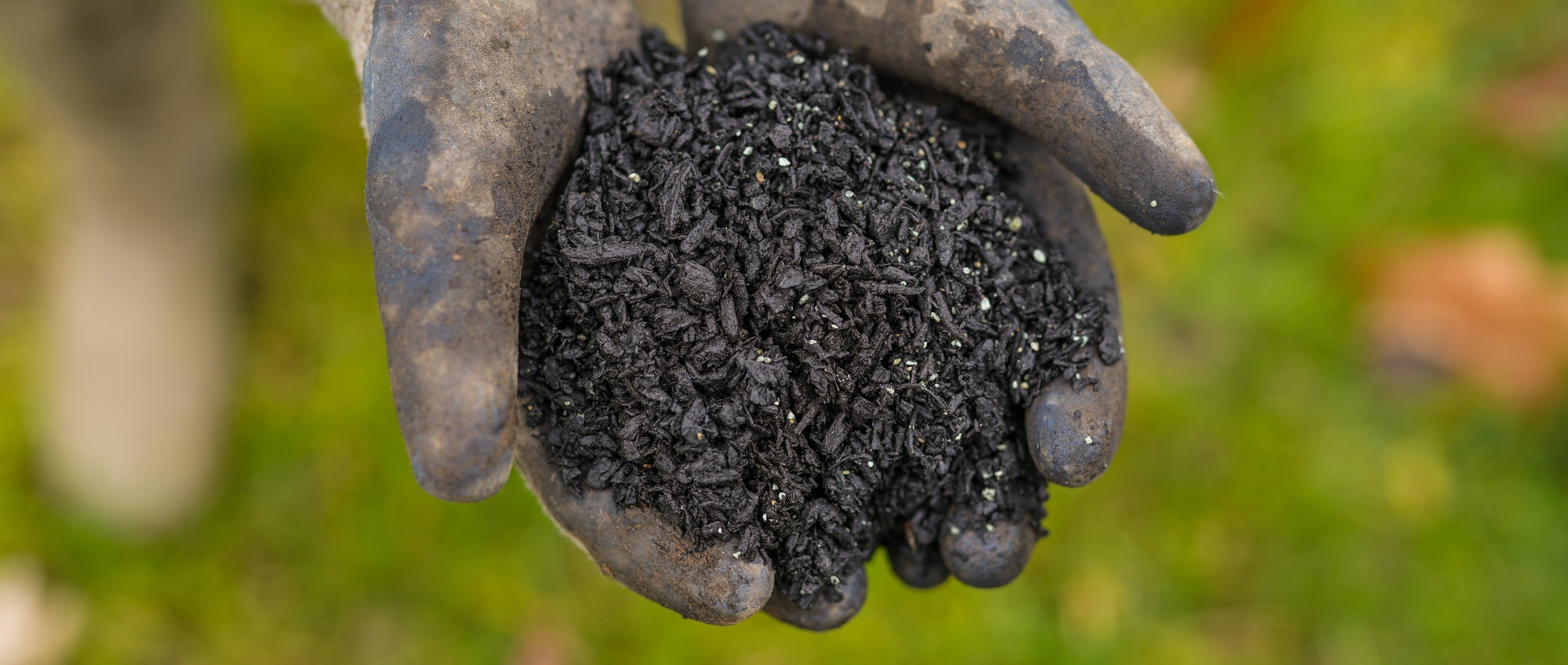
Get in Touch
Need expert advice on biochar or help with selecting the right products for your soil? Scroll down for our FAQ or contact our team today, and we'll provide personalised support and delivery options to meet your specific needs.
Opening Times
Monday to Friday: 9 am - 5 pm
Location
York House, 18 York Rd, Maidenhead SL6 1SF
FAQ
1. What is the pH of biochar and how does it benefit acidic soils?
Biochar, depending on the feedstock type and production conditions, usually has an alkaline pH ranging from 8-10. This makes it especially beneficial when applied to acidic soils due to the following reasons:
- Biochar can help neutralise acidic soils, increasing the accessibility of more nutrients to plants and making the soil environment suitable for a wider range of plants to thrive in.
- Biochar’s porous structure provides a healthy habitat for microbial growth. This helps increase microbial diversity in soils, increasing rates of microbial-aided decomposition and nutrient cycling to release more nutrients into the soil.
2. How does biochar help with water conservation in soil?
Biochar has a porous structure with a high surface area that allows it to act like a sponge and store water. When applied to soil, biochar holds up to 5 times its weight in water, leading to a controlled release of water to plants. This means rain water or irrigation water stays in the soil and does not run-off/evaporate, helping reduce the need for frequent watering of plants.
3. What is the effect of biochar on contaminated soil?
When applied to soil, biochar is able to form strong bonds with organic contaminants, heavy metals etc. which allows for their complete immobilisation. This prevents these contaminants from affecting plant growth and depleting the overall quality of the soil.
4. What is the best particle size of biochar?
The best biochar particle size depends on the application that biochar will be used for. Please see below for a generalized overview:
- Agriculture and Horticulture - Fine to medium particles (<5mm) as higher surface areas improve water retention and nutrient availability, and smaller particle sizes lead to better microbial interaction.
- Animal Bedding - Coarse particles (5-20mm) to withstand mechanical stresses.
- Water Filtration - Fine to medium particles (<5mm) are better at adsorbing heavy metal contaminants efficiently.
- Building Materials - Coarse particles (5-20mm) to maintain structural integrity and insulation.
- Composting - Medium particles (1-5mm) are more effective with composting, leading to better aeration and nutrient retention.
- Remediation of contaminated sites - Fine to medium particles (<5mm) are better at adsorbing heavy metal contaminants efficiently and improving overall soil chemistry.
5. How does biochar contribute to a circular economy?
By utilising waste material like agricultural waste, woody biomass and poultry litter for pyrolysis to form biochar, we redirect waste biomass away from landfill sites and instead convert the biomass into biochar, while capturing atmospheric carbon. The byproducts from the pyrolysis process are all further utilised to create value:
- Biochar is used for a range of applications such as soil remediation, water filtration, for building materials etc.
- Syngas is used to generate green energy.
The production and utilisation of biochar promote sustainable energy generation/agriculture/soil remediation practices and the simultaneous carbon removal via the process of pyrolysis leads to the efficient use of resources, which align with the principles of a circular economy.
6. How do I determine the application rate of biochar for my soil?
Guidance on application rates can be found under the 'Application Rates' tab of each product page.
7. How long does it take to see the effects of biochar in my soil?
Different effects of biochar can be observed at different timeframes. These are as follows:
- Immediate effects: Improved soil water retention and soil structure may be observed after application of biochar.
- Short term effects: Within the first month of application, improved plant growth rates may be observed as a result of better nutrient retention rates and increased microbial activity.
- Long term effects: Over several growing seasons, the full benefits of biochar such as improved soil health, better soil fertility, reduced soil-nutrient leaching, increased plant growth rates etc. will be more prevalent. As biochar remains in soil for 100’s of years, biochar will continue to aid in plant growth and soil remediation for years to come.

